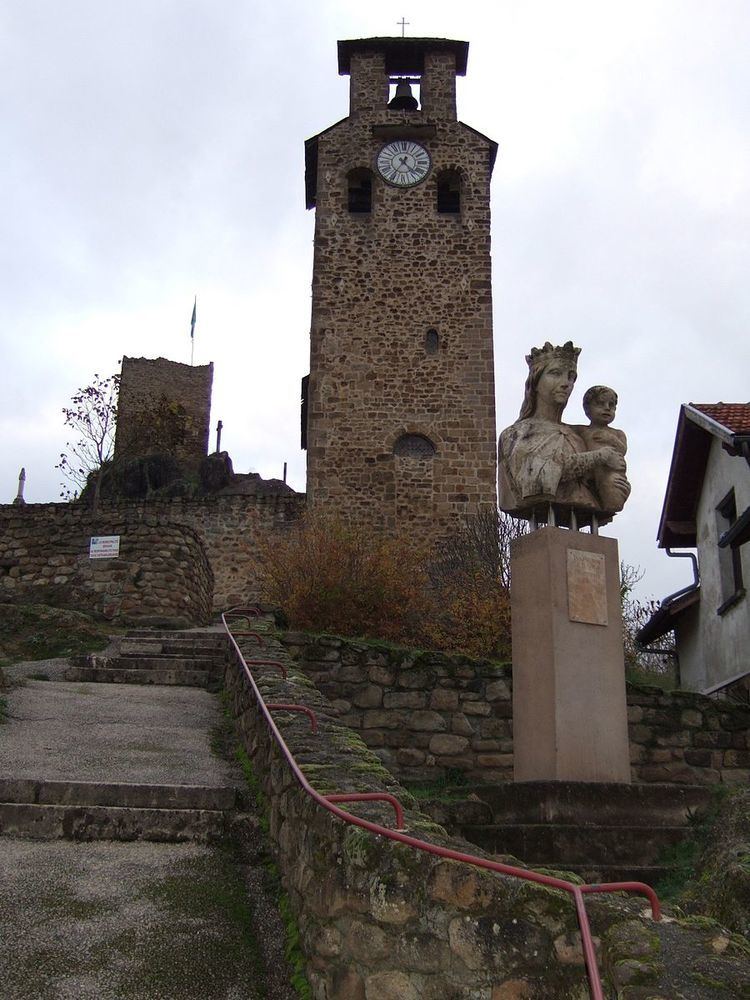Country France Department Aveyron Population (2010) 4,044 Local time Wednesday 10:07 AM | Region Occitanie Canton Aubin Area 27.23 km² Arrondissement Villefranche-de-Rouergue | |
 | ||
Intercommunality Bassin de Decazeville Aubin Weather 6°C, Wind SW at 11 km/h, 95% Humidity | ||
Aubin is a French commune in the Aveyron department in the Occitanie of southern France.
Contents
- Map of Aubin France
- Geography
- Classical Antiquity
- Middle Ages
- Contemporary era
- Administration
- Demography
- Civil heritage
- Religious heritage
- Sports
- Notable people linked to the commune
- References
Map of Aubin, France
The inhabitants of the commune are known as Aubinois.
Geography
Aubin is located some 20 km south-east of Figeac and immediately south of Decazeville. Access to the commune is by road D 5 from Viviez in the north-west which passes through the centre of the commune and the town and continues south to Montbazens. The D221 goes from the town north to Decazeville. The D 11 goes east from the town to Cransac. The minor D 513 road branches off the D 5 on the north-western border of the commune and goes east through the north of the commune to Firmi. The Capdenac-Gare to Rodez railway line passes through the commune and there is a station at the town. Apart from the town there are the hamlets and villages of Severac, Ruffies, Cerons, La Croix du Broual, Combes, Tramons, Ruau, Les Escabrins, and Saugiere. The commune is mixed forest and farmland with significant sized urban areas.
The Riou Morte flows through the north-eastern corner of the commune as it flows north-west before turning west at Decazeville. The Enne river flows through the commune and the town from the east and continues north-west to join the Riou Morte at Viviez. The Ruisseau du Banel flows from the east north of the village and joins the Enne on the north-western border of the commune.
Classical Antiquity
Lucien Mazars, an author of numerous books on local history, wrote in Aubin; its history, from its origins to the Revolution of 1789: "tradition [says] that Aubin, which bore the name Albin until the end of the 18th century, was founded by the Roman General Declus Clodius Albinus or in his honour". However, General Albinus did not exercise the functions of a legate in Gaul but rather in Roman Britain. His control of Gaul was probably too short to be able to found a town.
Middle Ages
Fort Aubin initially served as a fortress and then was occupied during the Middle Ages by the Lords of Rouergue.
Contemporary era
The commune was the capital of the District of Aubin from 1790 to 1800.
In October 1869 soldiers fired on a demonstration of miners killing 14 and injuring 20. This was the second strike in the Second Empire after the one in June 1869 at La Ricamarie. Captain Bernard Gosseran who gave the order to fire on strikers was later made a chevalier of the Legion of Honour. This tragedy inspired the Ode à la Misère (Ode to Misery) and the Aubin poems to Victor Hugo.
Aubin railway station on the Capdenac-Gare to Rodez line opened in 1858.
Administration
List of Successive Mayors
(Not all data is known)
Demography
In 2010 the commune had 4,044 inhabitants. The evolution of the number of inhabitants is known from the population censuses conducted in the commune since 1793. From the 21st century, a census of communes with fewer than 10,000 inhabitants is held every five years, unlike larger towns that have a sample survey every year.
Sources : Ldh/EHESS/Cassini until 1962, INSEE database from 1968 (population without double counting and municipal population from 2006)
Civil heritage
The commune has two buildings and structures that are registered as historical monuments:
Religious heritage
The commune has several religious buildings and structures that are registered as historical monuments:
